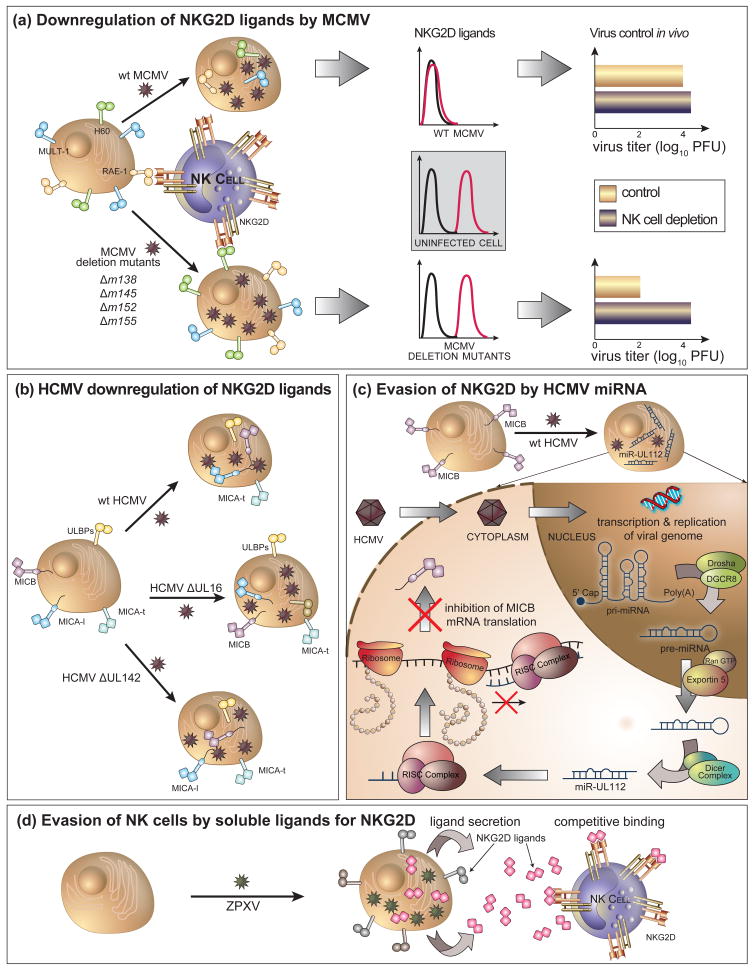Figure 1. A schematic overview of viral intereference with NK cell activation via NKG2D.
(a)MCMV downmodulates ligands for the NKG2D receptor. m145, m152, m155 affect cell surface expression of MULT-1, RAE-1 family and H60, respectively. m138 is the first described MCMV protein with a dual function on NKG2D ligands, affecting both MULT-1 and H60. The figure shows that the deletion of either of these viral proteins results in the reconstitution of the surface expression of the respective ligands and the conversion of the virus from being NK cell-resistant to become NK cell-sensitive. (b) HCMV acts in a similar manner as MCMV, also exploiting different mechanisms. HCMV UL16 downmodulates ULBP-1 and -2, and also MICB whereas UL142 downmodulates full-length MICA. The truncated form of MICA shows resistance to downmodulation by HCMV. (c) After virus enters the cell, its genome is transcribed into mRNA but also noncoding RNA molecules. By using the cellular machinery, HCMV expresses its own miRNAs, including miR-UL112, which forms the RISC complex and binds the 3′ UTR region of MICB. In this way, miR-UL112 inhibits the translation of MICB mRNA, thus preventing it in reaching the cell surface and signaling. (d) Orthopoxviruses utilize a previously undescribed mode of interference with NKG2D signaling. They secrete a soluble protein, named OMCP, which competitively binds to NKG2D and antagonizes the function of cellularly expressed ligands.

